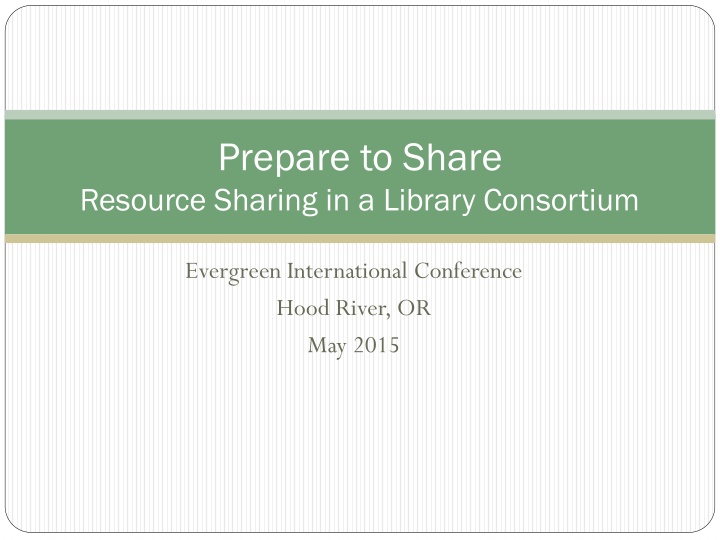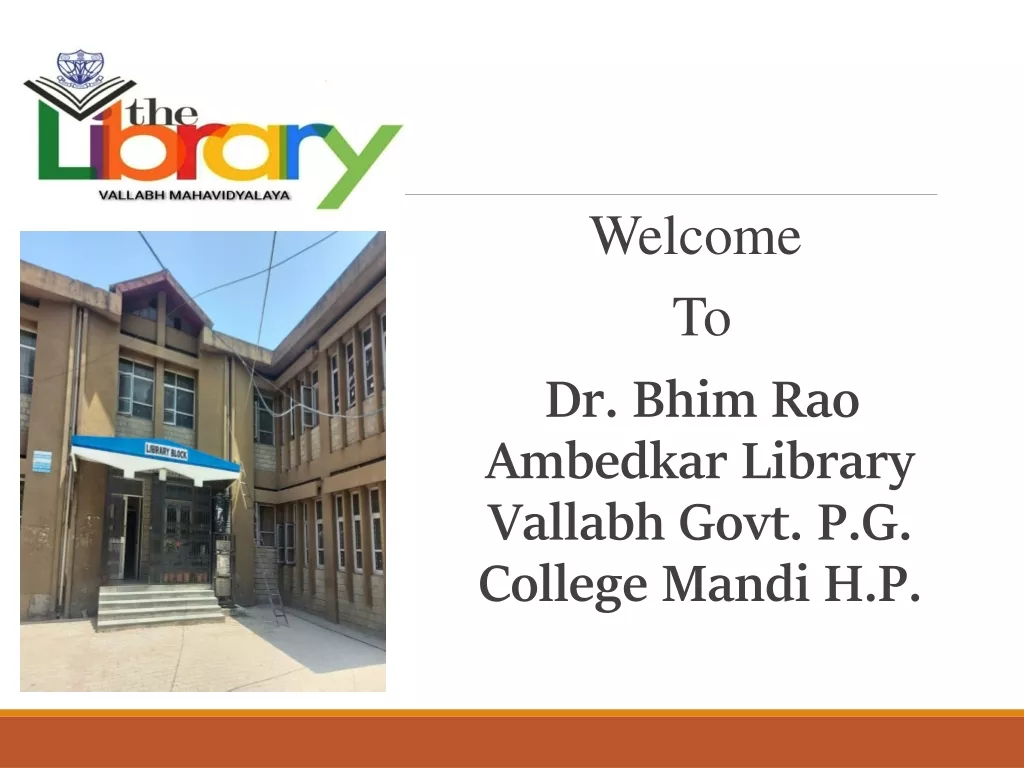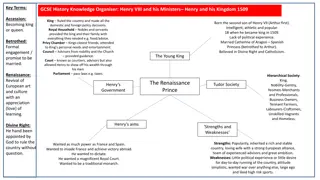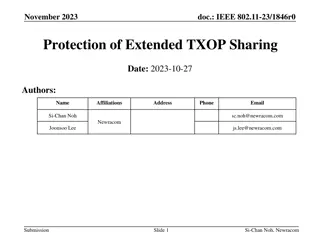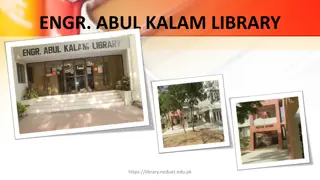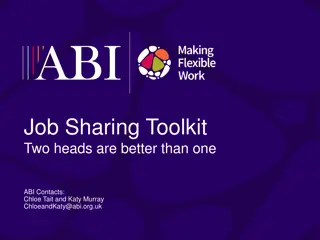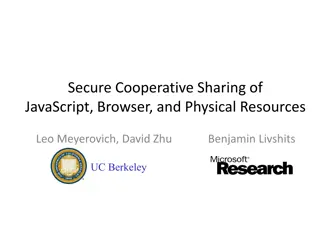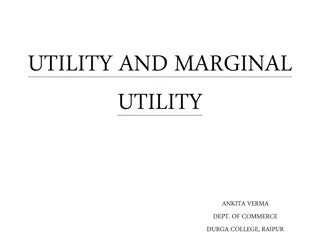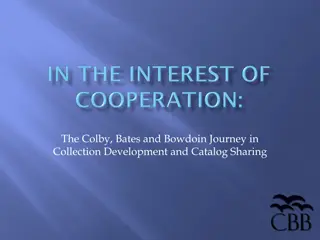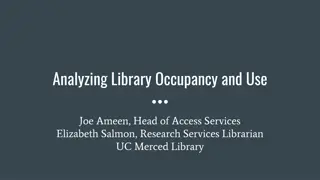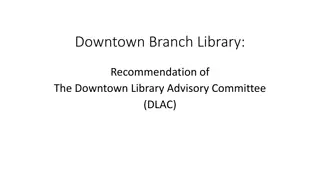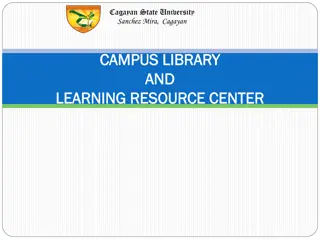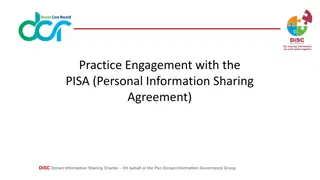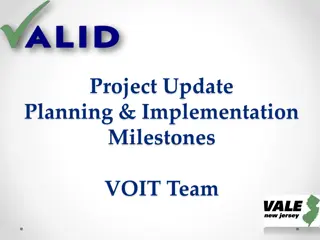Enhancing Library Consortium Resource Sharing: NC Cardinal Case Study
Explore the success story of the NC Cardinal Consortium in revolutionizing resource sharing among public libraries. From its formation to significant growth in library systems, learn about the key advantages, statistics, transit numbers, and holds strategies that have led to improved patron services and operational efficiency. Dive into the impactful program administered by the State Library of North Carolina and discover the documented best practices and shared shipping accounts that have enhanced member libraries' resource access and decreased hold request wait times by 70%.
Download Presentation

Please find below an Image/Link to download the presentation.
The content on the website is provided AS IS for your information and personal use only. It may not be sold, licensed, or shared on other websites without obtaining consent from the author.If you encounter any issues during the download, it is possible that the publisher has removed the file from their server.
You are allowed to download the files provided on this website for personal or commercial use, subject to the condition that they are used lawfully. All files are the property of their respective owners.
The content on the website is provided AS IS for your information and personal use only. It may not be sold, licensed, or shared on other websites without obtaining consent from the author.
E N D
Presentation Transcript
Prepare to Share Resource Sharing in a Library Consortium Evergreen International Conference Hood River, OR May 2015
Prepare to Share Agenda Introduction NC Cardinal Overview NC Cardinal Holds Strategy Workflow Tracking Reports Q&A / Experience Share
NC Cardinal Overview Date July 2010 Timeline NC Cardinal Consortium formed to support public libraries Feb 2013 Resource Sharing Begins with 13 Library Systems May 2015 NC Cardinal is now in 31 counties (23 library systems including regionals & municipalities) Comprised of 1/3 of all public library systems in NC and growing
NC Cardinal Overview State Library of North Carolina (SLNC) Program: Administered by Library Development Staff Advisory/Steering Committees Key among consortium advantages is resource sharing Support: Documented Best Practices Shared shipping account Impact on patrons: Patron access to previously unavailable materials Member libraries experienced a 70% decrease in hold request wait times upon joining the consortium
NC Cardinal Statistics Active Patrons Library Items Bibliographic Records Monthly Circulations Average Monthly Transits 1 million+ 5.1 million 1.5 million Half million Quarter million
NC Cardinal Transit Numbers Resource Sharing Monthly Transit Activity 350,000 300,000 Avg = 250,000 250,000 200,000 150,000 100,000 50,000 0 Mar-13 Mar-14 Mar-15 Jan-13 Jan-14 Jan-15 May-13 May-14 Sep-13 Nov-13 Nov-14 Sep-14 Jul-13 Jul-14
NC Cardinal Holds Strategies Goals of Holds Strategies: Easy for patrons & staff Serve local patrons first Optimize speed & efficiency Age protection Format protection No Empty Shelves!
NC Cardinal Holds Strategies Evergreen Configuration Hold Levels Meta-record, Title, Parts Volume, Copy staff only Protection by Item Attributes Age-based holds Format (circ modifier)
NC Cardinal Holds Strategies Opportunistic Capture Configured with 7 day soft stalling interval Fill hold internally before targeting another system Opportunistic Location Capture Other Possibilities First In, First Out (FIFO) Holds Go Home
Workflow Forsyth Overview Forsyth County joined NC Cardinal Feb 2014 Library Structure: 9 Branches + 3 Outreach Divisions Size: 350,000 County Population (2010 Census) 165,000 Registered Patrons 750,000 Library Items (one of the largest collections in NC Cardinal) 6,700 Monthly Average of inter-library transits in 2014 9,500 Monthly Average of inter-library transits in 2015
Workflow Forsyth Numbers Resource Sharing Monthly Inter-System Transits 14,000 12,000 2015 Avg 9,500 10,000 8,000 6,000 2014 Avg 6,700 4,000 2,000 0 Oct-14 Mar-14 Jul-14 Dec-14 Jan-15 May-14 Jun-14 Sep-14 Aug-14 Nov-14 Apr-14 Mar-15 Apr-15 Feb-14 Feb-15 Borrowed Loaned April 2015 largest month to date: 12,814 2014 67% 33% 2015 79% 21%
Workflow Methodology Across NC Cardinal existing staff take on additional responsibilities (few dedicated staffers) Forsyth County began with 2 people Initially, completely underestimated effort Responsibility remains with Technical Services Department Current department of 7 regular staff + Courier Keys to Success Be Prepared Be Consistent Be Adaptable
Workflow Forsyth Approach Receiving Shipping Daily 1 person 300 items per day average Logging Sorting by Branch Frequency At least once per week Some ship daily Forsyth ships 3 x week Cost-Effectiveness Box Size & Weight Logging/Packing 4,700 items per month average Teams of 2 Digital Postal Scale
Tracking Importance Where s my book? Use Evergreen to track item status changes from Available to In Transit to On Holds Shelf Need supplemental data for physical movement of an item in between status changes (when item was actually boxed and shipped) Quality control and issue resolution Why it matters Box breaks in transit UPS repackages UPS maintains shipping history of box not items within In-depth investigation of patron issues (track when item shipped originally and when/if it was returned)
Tracking Logs Maintain Incoming & Outgoing Logs (Combine with UPS History) Example: Incoming Log
Tracking Logs Maintain Incoming & Outgoing Logs (Combine with UPS History) Example: Outgoing Log
Tracking Problem Items Types Missing discs Damaged cases Bad condition Lost items Communication Quick messages Item Note form
Reports Transit Activity Evergreen Hold Requests Filled by Consortium Members Items Loaned by Consortium Members Intra-Library In-Transit List Inter-Library In-Transit List Hopeless Holds Statistical Holds Transit Grid Weekly Averages & Trends from Daily Logs Administrative Updates
Reports Holds Transit Grid
Reports Administrative
Wrap-Up Closing Thoughts Contact Us: Jennifer Dale daleji@forsyth.cc 336-703-3049 Jonathan Furr furrjt@forsyth.cc 336-703-3045
